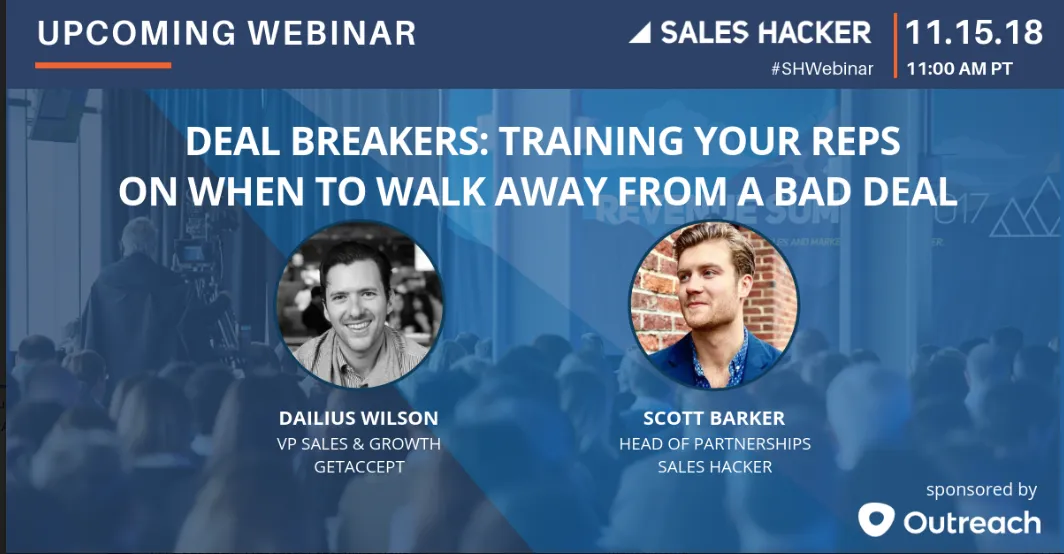Virtual events still sound a little futuristic, but they’ve been happening since 1993 when the world’s first livestream webcam showed a coffee maker brewing coffee. The streaming got millions of views.
Fast forward to 2020 and virtual events are bigger than ever. Some of the largest conferences have gone partially or completely digital. Moving events like this online, can reduce costs and make attendance accessible to a wider audience. But, there is also a challenge of keeping the personal touch and engagement throughout these virtual events.
From live tweeting to live streaming, businesses and organizations are staging virtual events across the web. This year there has been an increase in virtual events compared to 2019 and virtual events are projected to grow by 20% during 2020. We have talked to Lovisa Larsson, Marketing and Event Project Manager at GetAccept, about how the change has affected them and how they work with virtual events today.
The challenge of keeping the personal touch in a virtual event
When hosting an offline event, the planning is a lot about the use of the venue, look and feel, networking, and personal meeting. When planning and hosting a virtual event the challenge is to keep the sense of an offline event but in a digital way, including the personal touch.
- It is crucial to think about how we can include these aspects in a digital way when having a virtual event, Lovisa says.
When asked about the virtual event strategy for GetAccept she says that the choice to go with mainly an online strategy comes naturally since the company believes that digital also can be personal. The strategy is formed as an extension of the overall GetAccept vision, “to be the sales enablement platform where all B2B business is happening in a natural and a personal way”. By using our own platform for follow-up and for giving content, we try to live as we learn by including video and chat for engagement and stay personal. Choosing an online strategy also means that it’s easier to apply on all markets, with different countries and time zones.
Key tools for hosting a virtual event
We all know that there is a lot of marketing automation and CRM tools out there, and sometimes it can be challenging to know which ones to use. When it comes to measuring virtual events, Lovisa says that Hubspot is the tool they use, since it’s used for the rest of the business (both sales and Marketing/CMS) as well.
- This way all information and data is saved directly into the CRM which makes it possible to build that important bridge between marketing and sales, which is one of the keys for hosting a successful virtual event, Lovisa explains.
The important bridge between marketing and sales
Lovisa says that the bridge between marketing and sales is crucial to be able to cooperate and to work towards the same goals. To be able to have a proper follow-up and to measure the outcome in a consistent and proper way, we recently formed an Event Sales Team with dedicated BDRs that takes care of the MQLs coming from events and webinars.
- We have very natural cooperation with sales and put a lot of value into that. It's like the base in everything we do, we always have a clear connection with our overall sales goals and business, that also connects us in everything we do, says Lovisa.
Put data into every marketing activity that you do
As a data-driven marketing team, Lovisa says that one of the keys for a successful event is to measure and use data in all marketing activities that they do. They look into numbers very carefully as a base to improve and stay relevant to their target audience and also gain insights for future planning of events and other marketing activities.
- In a virtual event, you know how many people attended, how many people watched the livestream and you can track clicks to your website, which is all valuable information, Lovisa states.
Hubspot is used to measure before, during, and after the events. The event is measured throughout the full-funnel, from visitors on the event landing page, conversion rate on sign ups/show ups and no shows, to how many leads that are qualified, the quality of the leads, and last but not least, how many deals that were closed.
- By having all this data, the actual event management work starts after the event is executed, not just before and during, Lovisa finishes.
Lovisa's 5 top tips & key learnings
1. Always be prepared for change, small or big. Because there will always be changes, you can’t just rely 100% on a good plan (sometimes a pandemic appears).
2. Content over process, don't get stuck on the process, just do it. Put a lot of time on the delivery, then the “how” and the process will come from that.
3. Always be selling! Remember to not just sell the event externally, but also internally. Spread the why and the how to make sure the activity becomes a tool for sales to give value back in their processes.
4. Use data in everything you do!
5. Last but not least - have fun! Dare to stand out and to do differently!


